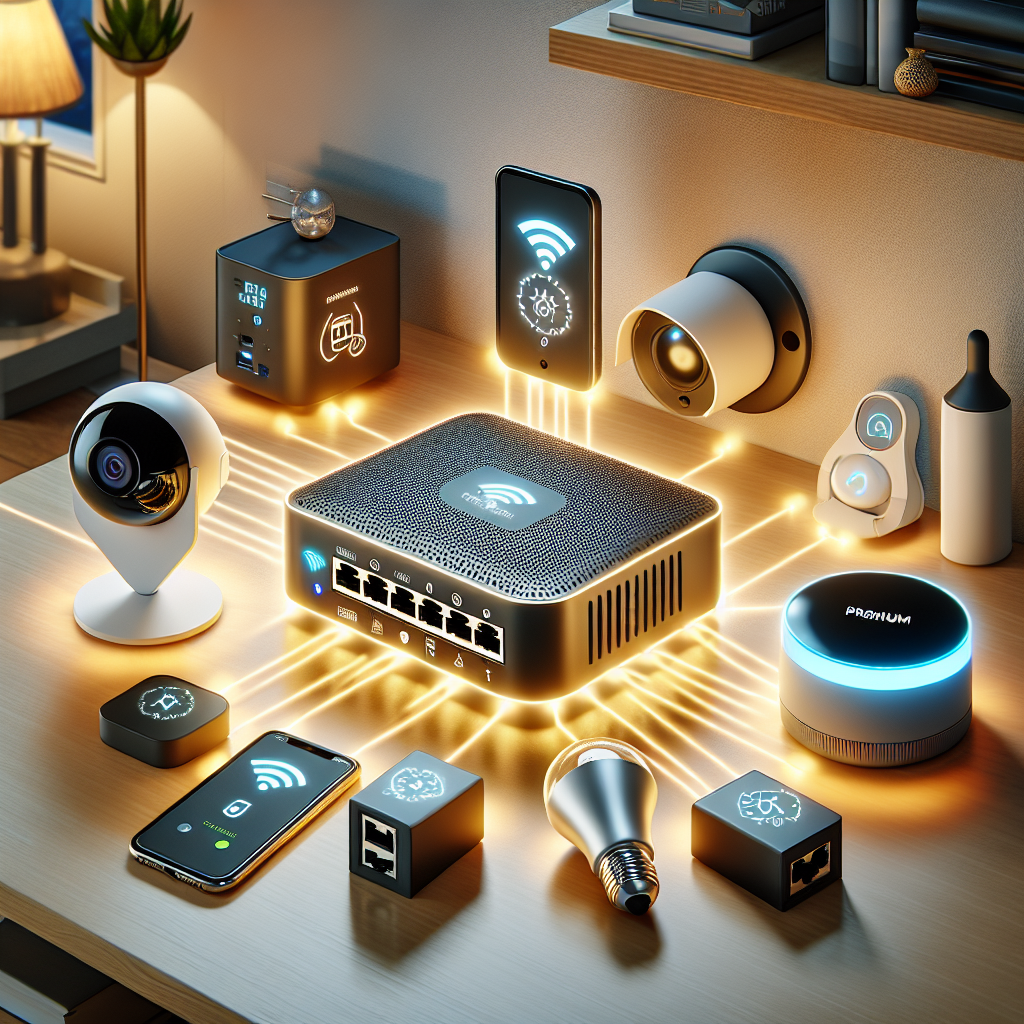The burgeoning smart home industry has led to an increasing number of connected devices, each requiring stable and efficient internet connections. Optimizing your network adapter is essential for ensuring that these devices communicate effectively, providing the seamless experience that smart home technology promises. This article outlines the best practices for optimizing a network adapter for smart home devices.
Importance of Network Adapter Optimization
A network adapter serves as the critical bridge between your home network and your smart devices. Optimizing your network adapter helps in reducing latency, minimizing interference, and enhancing overall network performance. Here’s a brief overview:
| Benefit | Description |
|---|---|
| Reduced Latency | Enhances real-time communication between devices. |
| Minimized Interference | Prevents disruptions that can hamper the performance of smart devices. |
| Enhanced Performance | Provides a stable and fast network connection. |
1. Choose the Right Network Adapter
Selecting a suitable network adapter is the first step towards optimizing your smart home. Consider factors such as compatibility, speed, and range.
- Compatibility: Ensure that the network adapter is compatible with your router and smart devices.
- Speed: Opt for an adapter that can handle high speeds, especially if you have multiple devices.
- Range: A better range ensures that your devices stay connected, even if they are far from the router.
2. Place Your Router and Adapter Optimally
Placement plays a crucial role in the performance of your network.
- Central Location: Position your router and adapter centrally to ensure even coverage throughout your home.
- Avoid Obstacles: Keep the router and adapter away from physical obstructions that can block signals.
- Height: Elevate the router and adapter to reduce interference from furniture and other objects.
3. Update Firmware Regularly
Firmware updates often include performance improvements and security patches.
- Automatic Updates: Enable automatic updates if available.
- Manual Updates: Regularly check for updates on the manufacturer’s website and install them manually if necessary.
4. Optimize Network Settings
Fine-tuning your network settings can lead to significant improvements in performance.
- Channel Selection: Use a less crowded channel to minimize interference from other networks.
- Bandwidth Allocation: Allocate bandwidth to prioritize important smart devices.
- Quality of Service (QoS): Enable QoS settings to ensure critical applications receive the necessary bandwidth.
5. Secure Your Network
Security is paramount for smart home devices that handle sensitive information.
- Strong Passwords: Use complex passwords for your network to prevent unauthorized access.
- Encryption: Enable WPA3 encryption for better security.
- Guest Network: Set up a guest network for visitors to keep your main network secure.
6. Use Network Extenders and Mesh Systems
For larger homes, extenders and mesh systems can ensure robust connectivity throughout your home.
- Network Extenders: Extend the coverage area of your existing network.
- Mesh Systems: Replace traditional routers to provide consistent coverage without dead zones.
7. Monitor Network Performance
Regular monitoring helps in identifying and addressing potential issues promptly.
- Network Monitoring Tools: Utilize tools to monitor network traffic and performance.
- Identify Bottlenecks: Detect areas where performance may be lagging and take corrective action.
8. Minimize Interference from Other Devices
Other electronic devices can interfere with your Wi-Fi signals.
- Microwaves and Cordless Phones: Keep your router and network adapter away from such devices.
- Bluetooth Devices: Be mindful of Bluetooth devices that may interfere with your network.
9. Regularly Reboot Your Router and Adapter
Rebooting can resolve various performance issues by refreshing the connection.
- Scheduled Reboots: Some routers allow you to schedule automatic reboots.
- Manual Reboots: Manually rebooting your network adapter and router once a month can help maintain optimal performance.
10. Educate Your Household
Ensuring that everyone in the household follows best practices can significantly improve network performance.
- Bandwidth Usage: Encourage family members to avoid excessive bandwidth usage during peak times.
- Smart Device Management: Teach them how to manage smart devices and recognize when they need attention.
Conclusion
Optimizing your network adapter is a crucial step to ensure your smart home devices operate efficiently. By following these best practices, you can achieve a reliable and fast network, enhancing the overall performance of your smart home ecosystem. Stay proactive with updates, security, and monitoring to keep your network in top shape.

